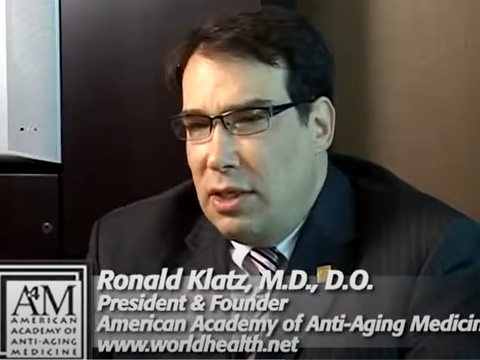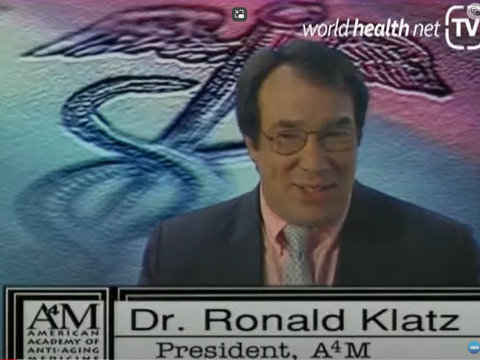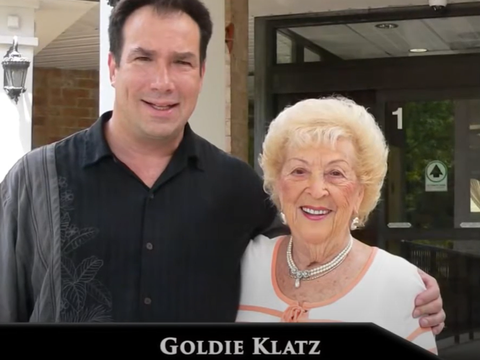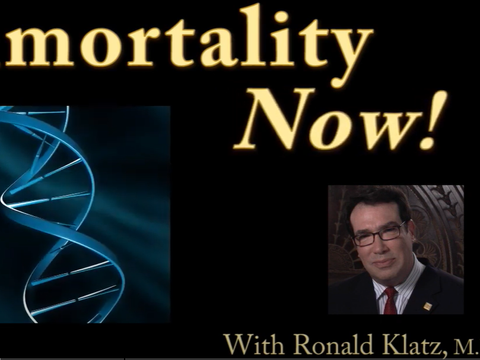Air Pollution Linked To Dementia & Cardiovascular Disease
4 years ago
12573
0
Posted on Apr 02, 2020, 4 p.m.
According to a study published in the journal JAMA Neurology from Karolinska Institutet those that are continuously exposed to air pollution are at increased risk of dementia, especially if they also suffer from cardiovascular disease.
Based on this study findings, those with cardiovascular disease living in polluted environments may need additional support from care providers to help prevent dementia, according to the researchers.
Latest projections are that the number of those living with dementia will triple within the next 30 years, and as no curative treatment has yet to be identified the search for modifiable risk and protective factors remains a public health priority. Studies have linked cardiovascular disease and air pollution to the development of dementia but the findings on the air pollution link have been inconsistent.
This study examined the link between long term exposure to air pollution and dementia and what possible roles CVD plays in the association. Close to 3,000 adults with an average age of 74 were followed for up to 11 years; of those 364 developed dementia and the annual average levels of PM2.5 were considered low compared to international standards.
"Interestingly, we were able to establish harmful effects on human health at levels below current air pollution standards," says first author Giulia Grande, researcher at the Department of Neurobiology, Care Sciences and Society at Karolinska Institutet. "Our findings suggest air pollution does play a role in the development of dementia, and mainly through the intermediate step of cardiovascular disease and especially stroke."
During the last 5 years of the study the risk for dementia increased by over 50% per interquartile range difference in mean PM2.5 and by 14% per IQR in nitrogen oxide. Ischemic heart disease and heart failure enhanced the risk for dementia and stroke explained almost 50% of air pollution related dementia cases, according to the researchers.
"Air pollution is an established risk factor for cardiovascular health and because CVD accelerates cognitive decline, we believe exposure to air pollution might negatively affect cognition indirectly," says Giulia Grande. "In our study, virtually all of the association of air pollution with dementia seemed to be through the presence or the development of CVD, adding more reason to reduce emissions and optimize treatment of concurrent CVD and related risk factors, particularly for people living in the most polluted areas of our cities."
Materials provided by:
Content may be edited for style and length.
This article is not intended to provide medical diagnosis, advice, treatment, or endorsement
http://dx.doi.org/10.1001/jamaneurol.2019.4914
https://m.medicalxpress.com/news/2020-03-air-pollution-linked-dementia-cardiovascular.html
https://www.eurekalert.org/pub_releases/2020-03/ki-apl032620.php









